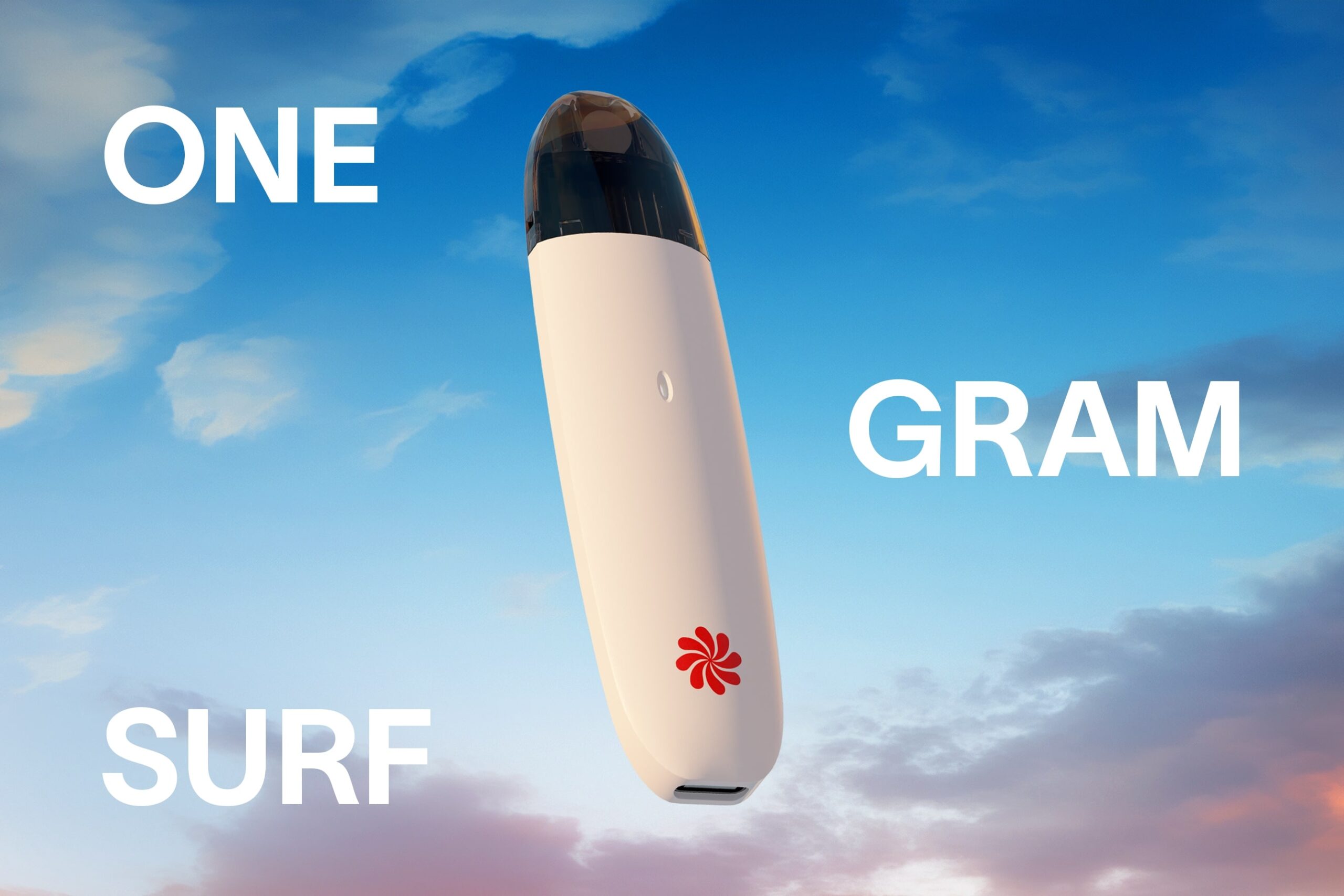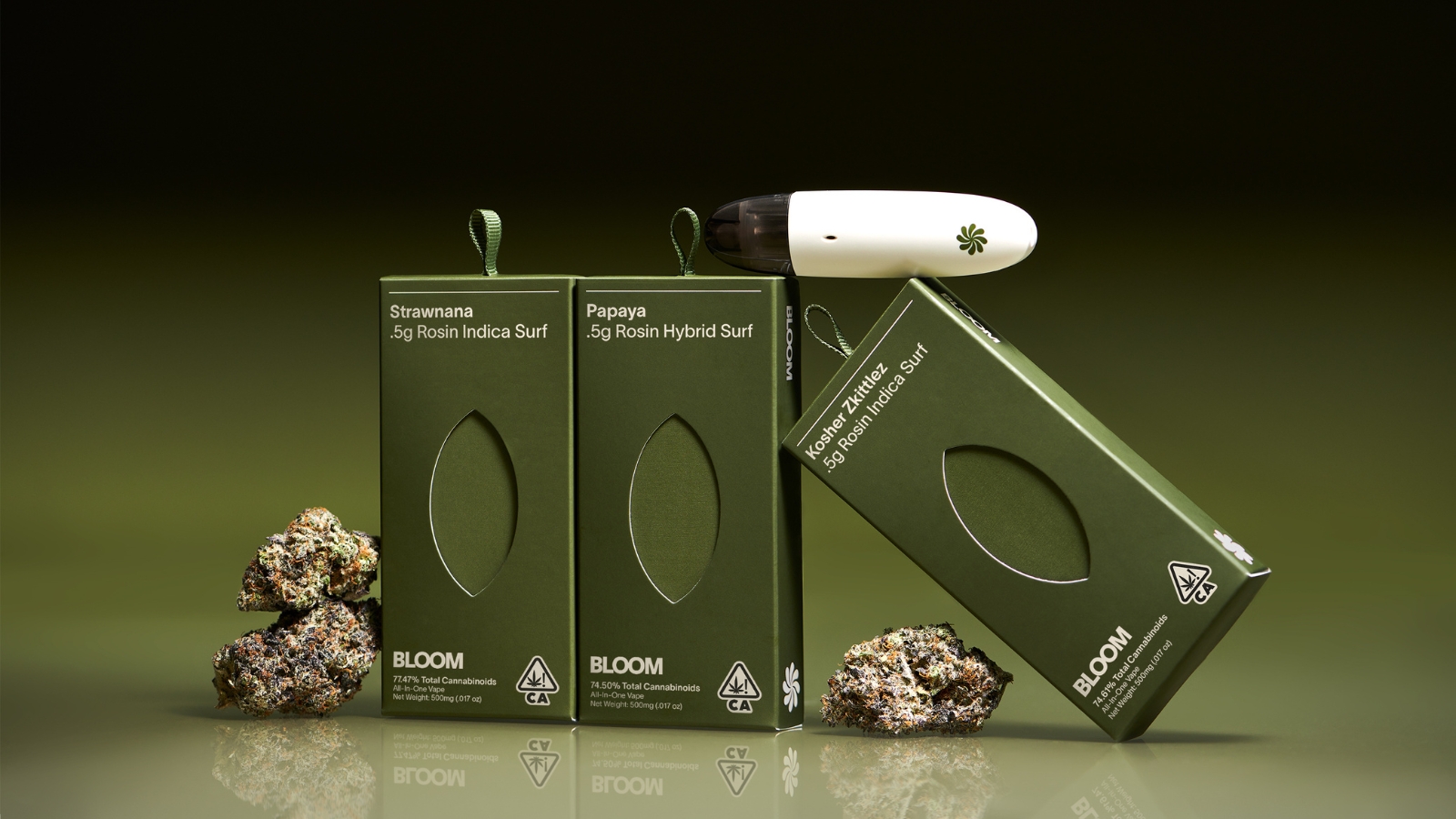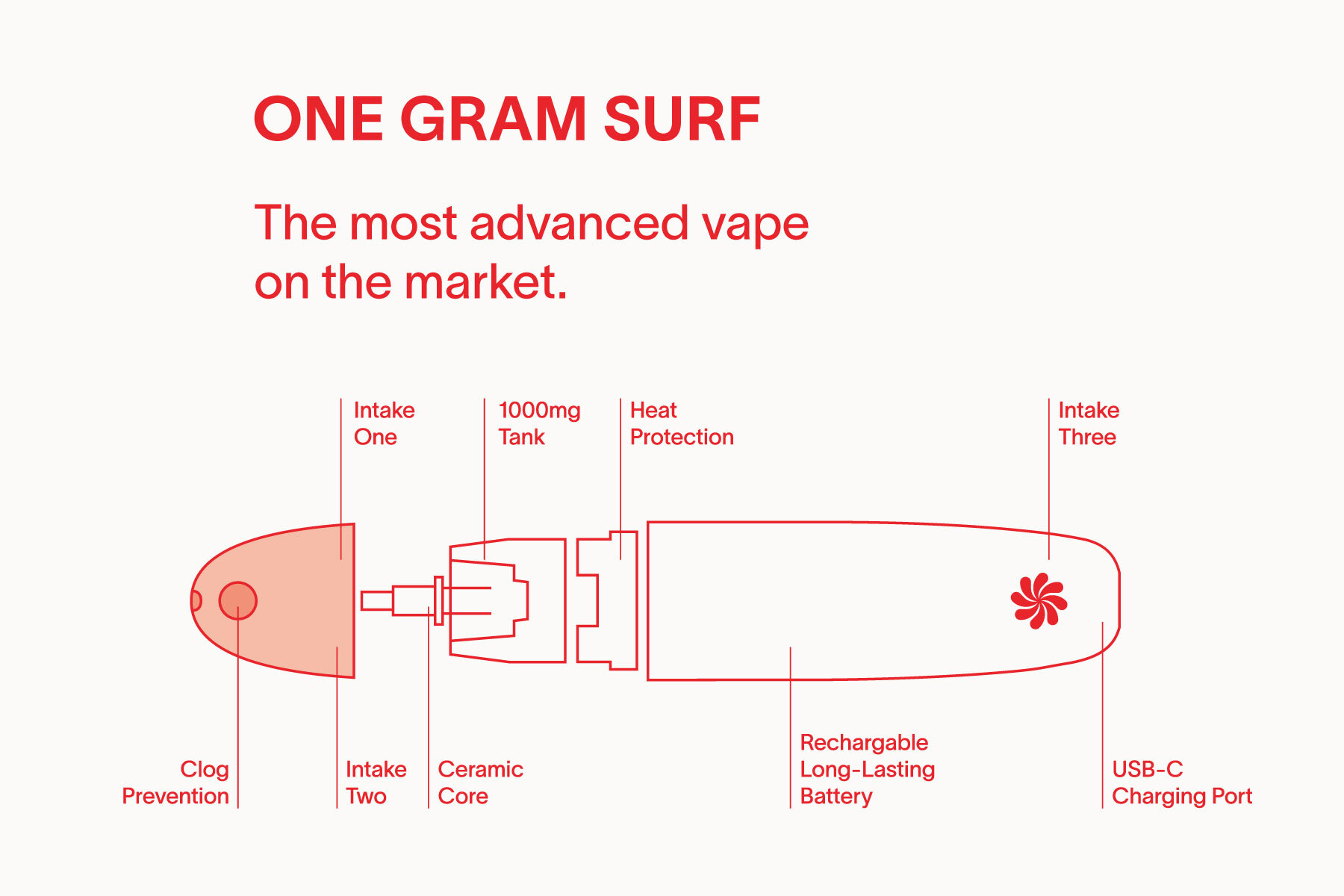Have you ever paused to think about the history of cannabis? With marijuana easier than ever to obtain and legally enjoy, we forget that just a few decades ago reefer was public enemy #1. Here’s how things changed so quickly:
Ancient Use
Cannabis is native to the Tibetan Plateau, so it’s no surprise that the first documented use of the drug occurred in central Asia about 5,000 years ago. Scientists believe wild cannabis plants had low levels of THC, so the ancient Asians weren’t exactly getting high.
That changed about 2,500 years ago. In Western China, researchers found tombs containing smoking accessories and trace amounts of cannabis that had a higher concentration of THC. Ancient inhabitants burned cannabis over coals, inhaling the smoke — and getting high — at funerals.

1600s-1900s: Growing Hemp in the Colonies, and Early Medical Marijuana
While smoking was popular, especially in Middle Eastern societies, the cannabis plant was also recognized as a great source of fiber for cloth, paper and more. That’s why, in the American colonies, hemp production was not only encouraged, it was required. In 1619, lawmakers in Jamestown, Virginia mandated hemp production. The colonies in Massachusetts and Connecticut soon followed suit, and by the mid-1700’s even George Washington was growing hemp at Mount Vernon.
Marijuana wasn’t widely used recreationally during the Victorian era, but by the late 1800s it was common for medical use. So common that the 1906 Pure Food and Drug Act required pharmacists to label their cannabis clearly.

1900-1950s: Recreational Use and Racism
Recreational use of marijuana among Americans really began after the Mexican Revolution of 1910. In the war’s aftermath, nearly 900,000 Mexicans immigrated to the United States, bringing with them the practice of smoking cannabis — now known has marijuana or even “locoweed.” The prohibition of alcohol, which took effect in 1920, made marijuana use even more widespread: it was cheap and easy to buy cannabis at “tea pads” and jazz clubs, which were mostly visited by Black patrons.
And yet, racist reporting claimed that marijuana use was tied to crime and violence, so white lawmakers clamped down: 29 states made cannabis illegal by 1931. The release of the film Reefer Madness in 1936 vilified marijuana even more. In the movie, high school students become homicidal, suicidal and horny after smoking pot. A year later, Congress passed the Marijuana Tax Act, criminalizing cannabis throughout the U.S. By the 1950s, you could be fined $20,000 or sentenced to a minimum of two years in prison for your first marijuana offense.

1960s-1970s: Counter Culture and the Hippies
Most people believe that the modern rise in recreational marijuana began in the 1960s, but that’s not quite true. In 1969 just 4% of Americans admitted they’d use pot, and 84% believed it should be illegal. However, by 1977 24% of Americans admitted to smoking pot.
As more and more white Americans began smoking, lawmakers relaxed regulations around marijuana, and most federal minimum sentencing was repealed in 1970. By the end of the decade, 11 states had decriminalized marijuana use, and cannabis culture was taking off. High Times magazine launched in 1974, and in 1978 the movie Up In Smoke transformed stoners Cheech and Chong to cultural icons.

1980s-1990s: A Return To Criminalization
With (mostly white) parents around the country worried about the influence of marijuana on their children, there was an uptick in criminalization during the ‘80s and ‘90s under Presidents Reagan and Bush Sr. In 1986 the Anti-Drug Abuse Act reintroduced mandatory sentencing and a three-strikes policy for drug offenses. Three years later, Bush declared a War On Drugs from the Oval Office in a national address.
Support for legalization had been slowly climbing throughout the ‘70s, but dropped off again in the ‘80s. By 1991 78% of Americans thought marijuana should be illegal — nearly a record high.

The 2000’s: Legalization Takes Hold
With a new century came a new approach to marijuana in America. By 2000, five states (Maine, California, Alaska, Oregon and Washington) had legalized medical marijuana. The momentum for cannabis legalization really picked up after 2010. By 2012, Colorado and Washington became the first states to legalize recreational use. The next year, for the first time, a majority of Americans (52%) were in favor of marijuana legalization.
Today a majority of Americans — spread across 33 states — have access to legal cannabis, either for recreational or medical use. Eleven states allow adults to get high for fun. And a whopping 67% of Americans are in favor of marijuana legalization, more than double the amount in favor 20 years ago.
It’s true that marijuana remains a schedule I substance, fully illegal under federal law. But, with the breakneck pace of change Americans’ approach pot, we’ve gotta believe prohibition won’t last for much longer.

Written by Kelly B.
Sources:
https://www.sciencemag.org/new…
https://www.pbs.org/wgbh/pages…
https://www.pbs.org/wgbh/pages…
https://news.gallup.com/poll/6…
https://news.gallup.com/poll/2…





